The City Older Than History: Varanasi’s Ancient Legacy
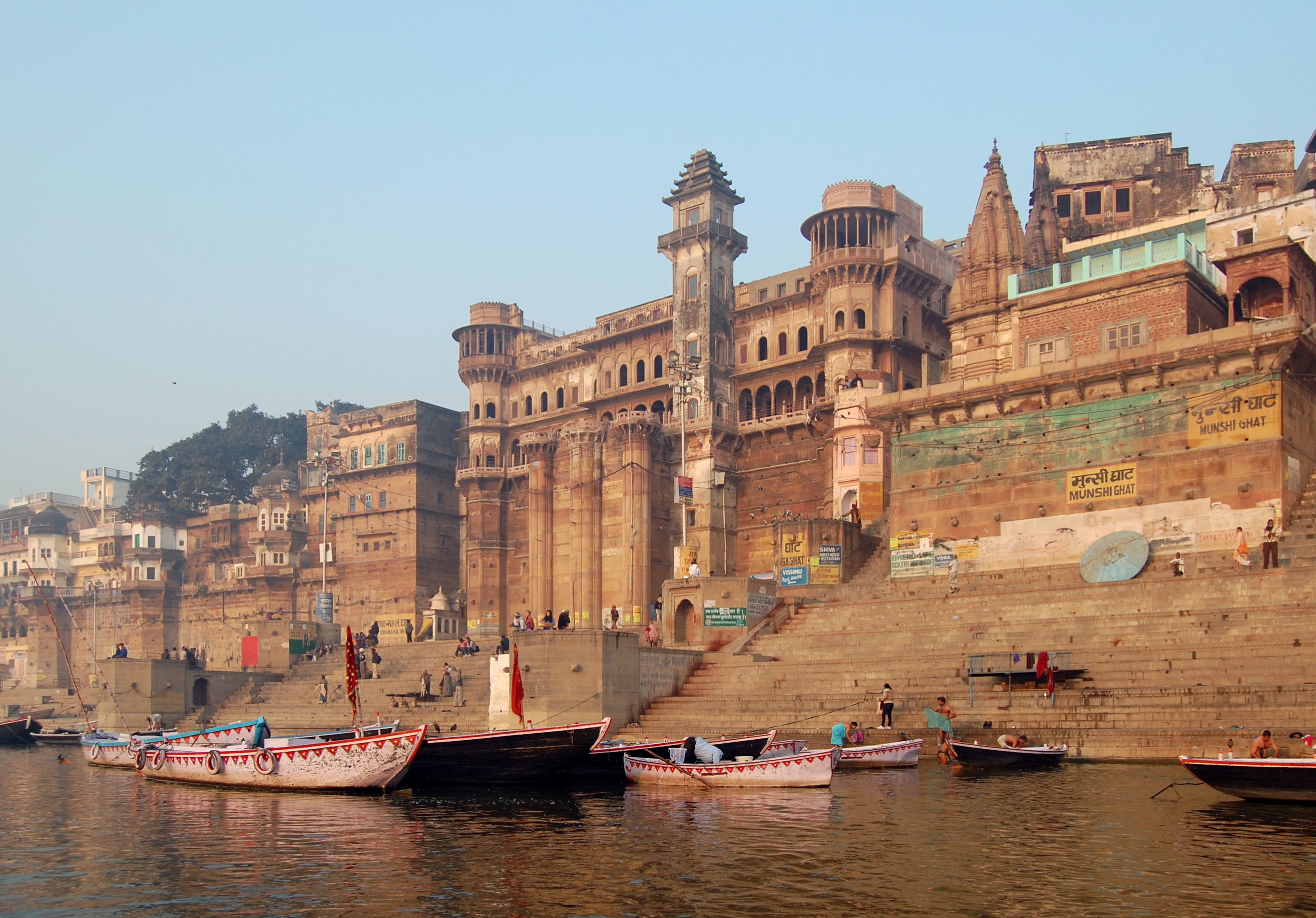
Varanasi, often called the world’s oldest living city, traces its documented history back over 3,000 years. Archaeological findings confirm continuous settlement since at least 1200 BCE, and Hindu mythology claims the city’s origins go back even further. The city’s frequent mentions in ancient scriptures, including the Rigveda and the Mahabharata, have cemented its reputation as a cradle of civilization. In 2023, the Archaeological Survey of India reported the discovery of 2,700-year-old pottery shards near Rajghat, further validating Varanasi’s ancient roots. This deep historical resonance shapes not only the city’s identity but also its global allure. According to the Uttar Pradesh tourism board, over 6.2 million foreign tourists visited Varanasi in 2023, many seeking to witness its timeless history firsthand. The persistent crowds at sites like the Kashi Vishwanath Temple and the ghats underscore how Varanasi’s age-old legacy remains a living, breathing force.
Spiritual Epicenter: The Pull of the Sacred Ganges
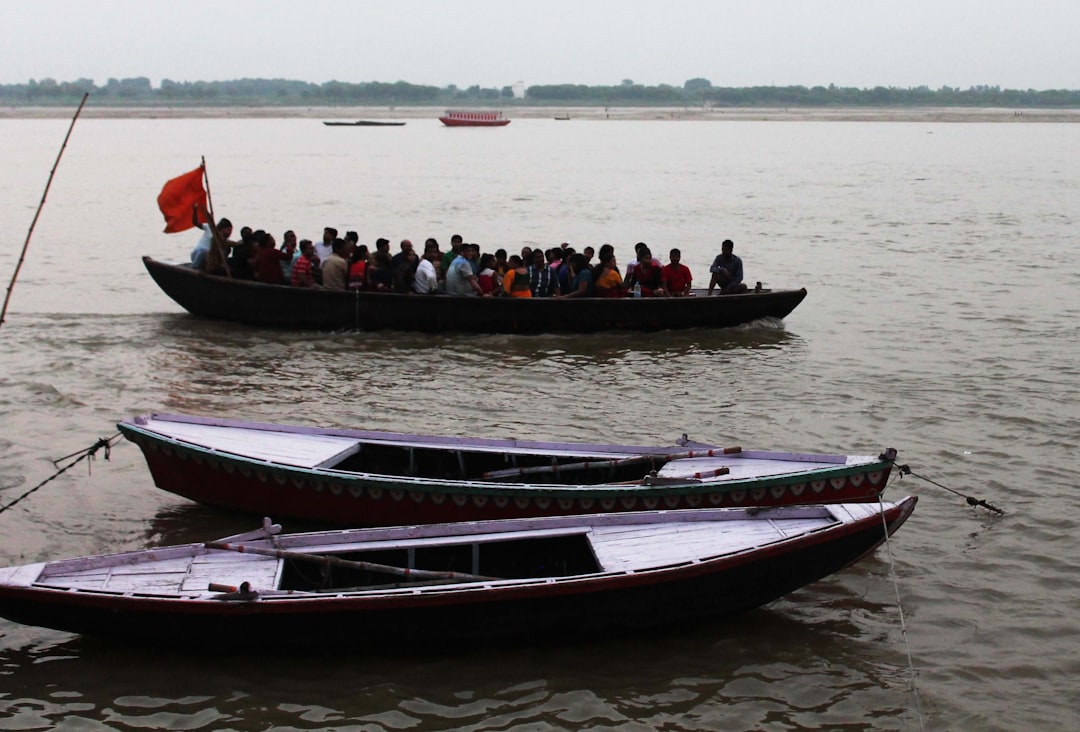
Varanasi’s position on the banks of the Ganges River is central to its enduring nickname, “The Spiritual Capital of India.” Each day, more than 80 ghats come alive with ritual bathing, cremations, and the mesmerizing Ganga Aarti ceremony. Data from the National Mission for Clean Ganga shows that over 40,000 ritual baths are taken daily at Dashashwamedh Ghat alone. The belief that dying or being cremated in Varanasi grants moksha—liberation from the cycle of birth and death—draws thousands each year. The city’s cremation ghats, especially Manikarnika, process over 100 cremations daily, according to 2024 municipal records. The spiritual magnetism is not just a relic of tradition; it is a dynamic, daily reality that draws pilgrims, tourists, and spiritual seekers from around the globe.
Kashi Vishwanath Temple: The Beating Heart of Hindu Devotion
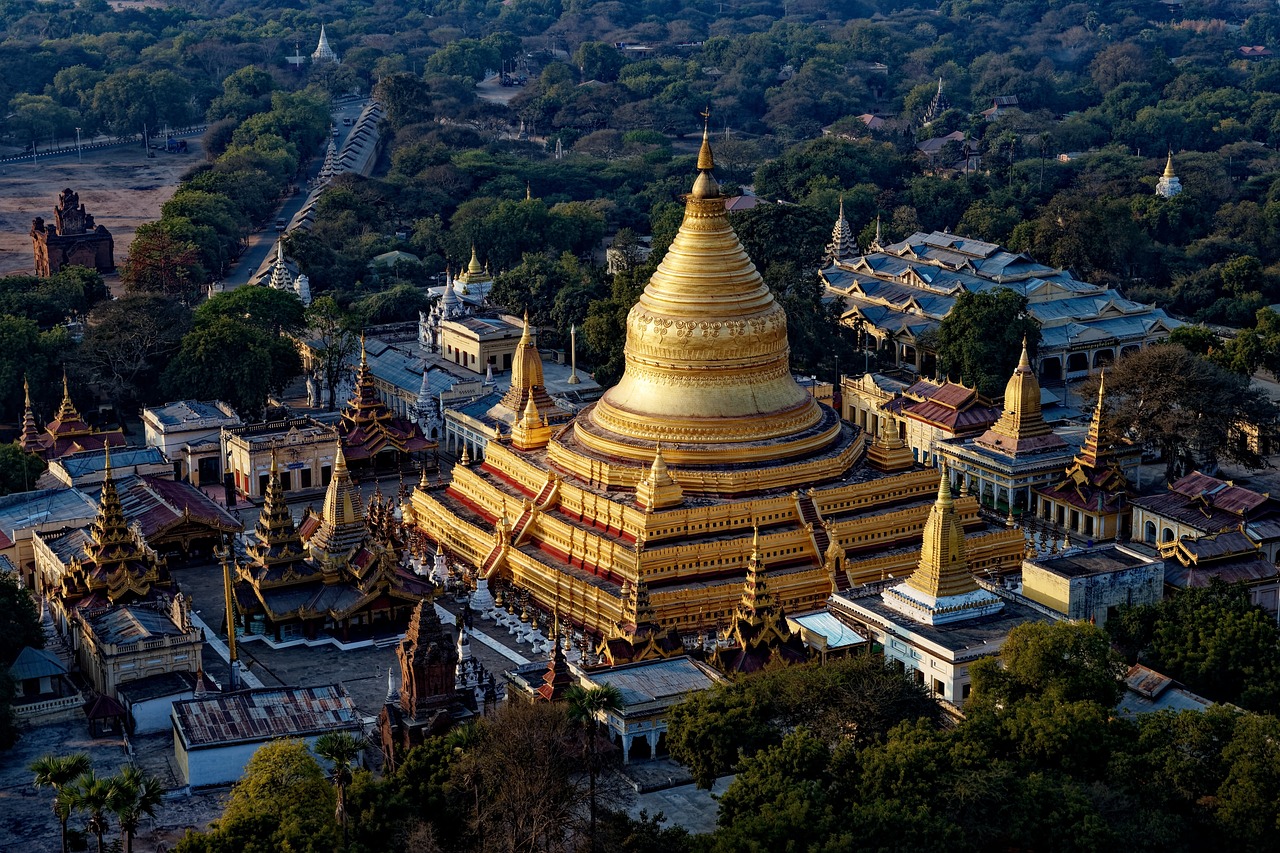
The Kashi Vishwanath Temple, dedicated to Lord Shiva, stands as the city’s most revered religious structure. According to the temple trust’s 2024 statistics, an average of 30,000 devotees visit every day, with numbers swelling to over 700,000 during the Maha Shivaratri festival. The temple’s recent expansion under the Rs 800-crore Kashi Vishwanath Corridor Project has transformed the area, increasing accessibility and visitor capacity. The corridor, inaugurated in December 2021, created a direct path between the temple and the Ganges, streamlining pilgrim flow and enhancing the visitor experience. The Economic Times reported a 40% rise in temple footfall since the corridor’s opening. The temple’s spiritual gravity and infrastructural upgrades ensure its status as a must-visit for both worshippers and cultural explorers.
The Mesmerizing Ganga Aarti: A Nightly Spectacle
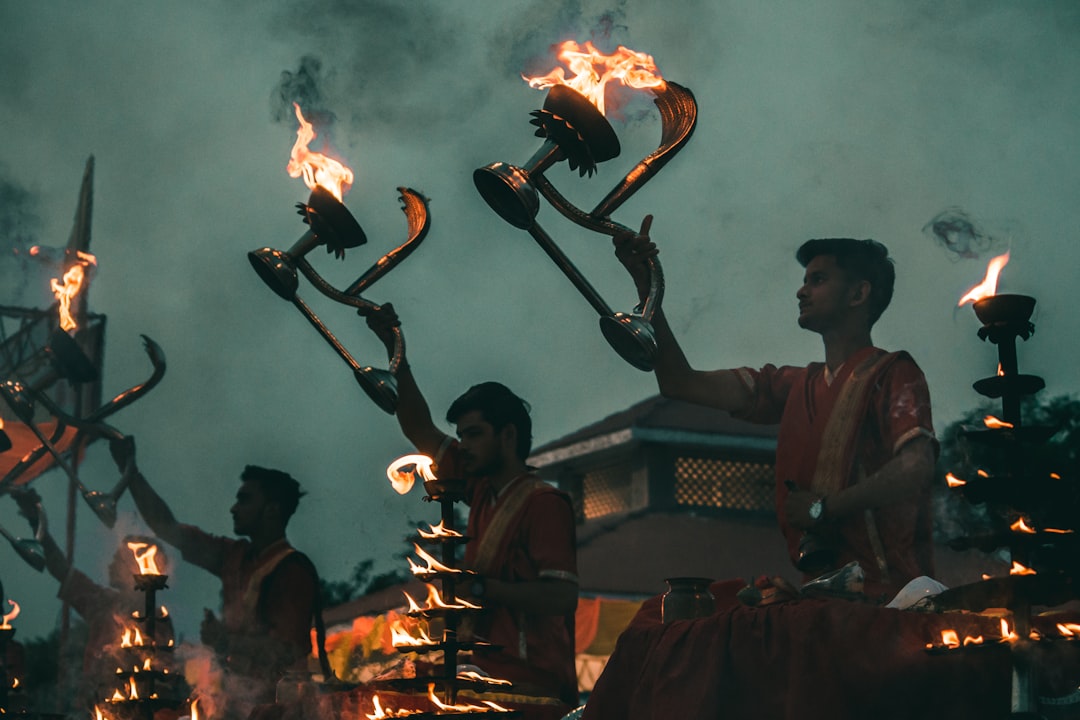
Every evening, the Ganga Aarti at Dashashwamedh Ghat draws crowds that often exceed 5,000 people, according to 2024 police crowd management reports. The ceremony, performed by young priests with synchronized movements, flaming lamps, and rhythmic chants, creates an atmosphere described by visitors as “otherworldly.” The event has become a global spectacle, regularly livestreamed and attracting international media coverage. In 2023, the city’s tourism department recorded a 15% increase in attendance at the Aarti, owing partly to social media virality. The spectacle combines religious fervor with sensory overload, making it a key reason Varanasi’s ghats remain perpetually crowded. The Aarti’s appeal cuts across faiths, turning a centuries-old ritual into a must-see cultural experience.
Death and Moksha: Manikarnika Ghat’s Unending Fire

Manikarnika Ghat, known as the “burning ghat,” operates 24 hours a day and conducts an estimated 80–100 cremations daily, according to 2024 Varanasi Municipal Corporation records. The site’s relentless activity embodies the Hindu belief that death in Varanasi breaks the cycle of rebirth. Local funeral homes report a waiting list of up to 48 hours during peak pilgrimage seasons. In 2023, over 27,000 cremations were officially registered at the ghat. This ceaseless ritual, unique to Varanasi, is both sobering and profoundly spiritual—drawing not only grieving families but also curious tourists and researchers. The ghat’s fires, which have reportedly burned for centuries without extinguishing, are a stark symbol of the city’s role at the intersection of life and death.
Global Pilgrimage Hub: Surging International Visitors
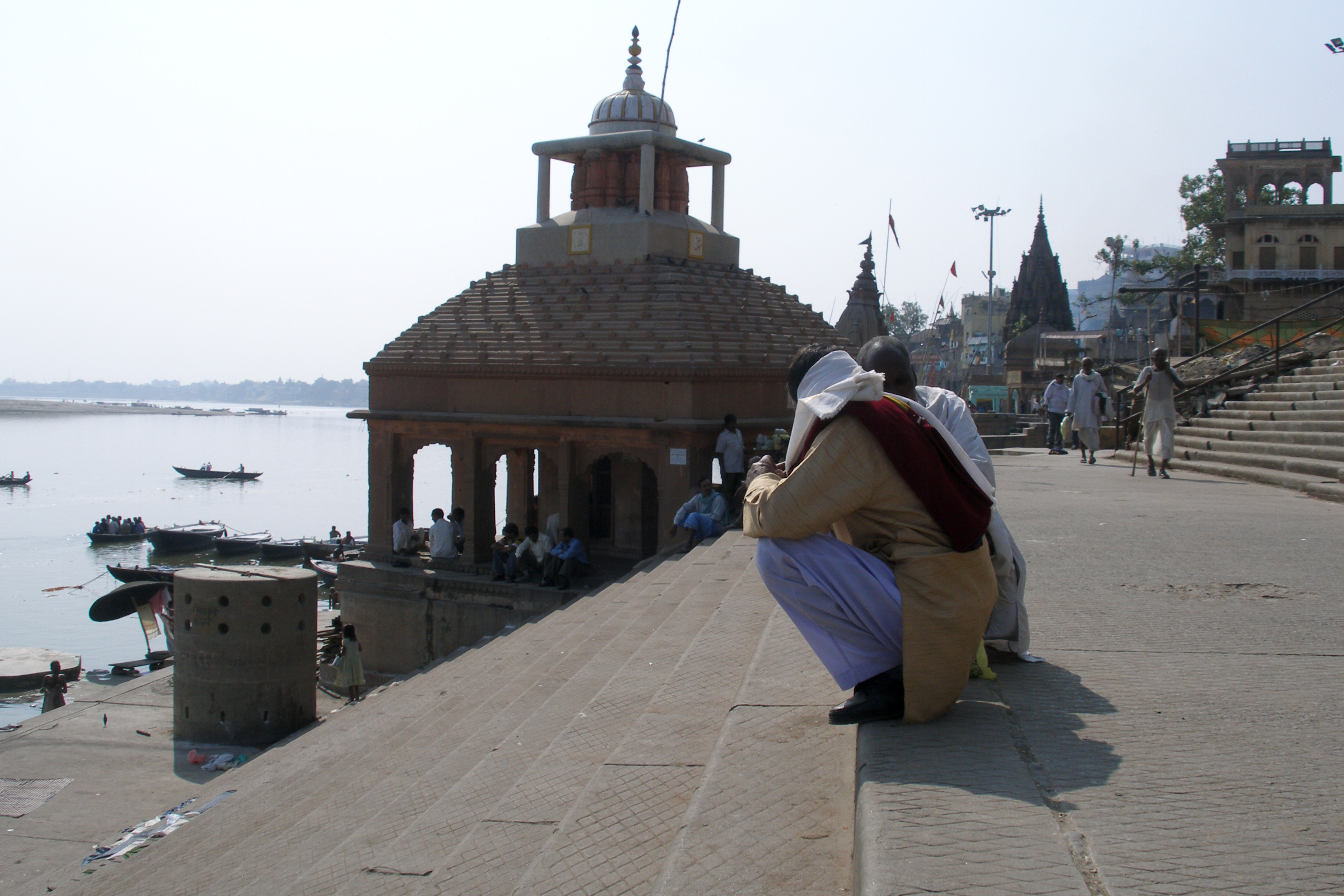
Varanasi’s allure is no longer confined to India’s borders. According to the Ministry of Tourism, 2023 saw a 22% rise in foreign arrivals, with travelers from the US, UK, and Japan leading the count. The city’s inclusion in UNESCO’s tentative World Heritage list in April 2024 has further boosted its global profile. International yoga retreats, Buddhist pilgrimage circuits, and cultural festivals are increasingly held in Varanasi, catering to diverse audiences. The city’s main hotels reported occupancy rates above 80% during the 2024 tourist season, a record high. Many visitors are drawn not just by religious motivations but also by the city’s reputation as a crucible of music, art, and spiritual experimentation. Varanasi’s status as a global pilgrimage hub is reflected in the multilingual signage, international cuisine options, and expanding airport connectivity.
Center of Learning: The Banaras Hindu University Effect
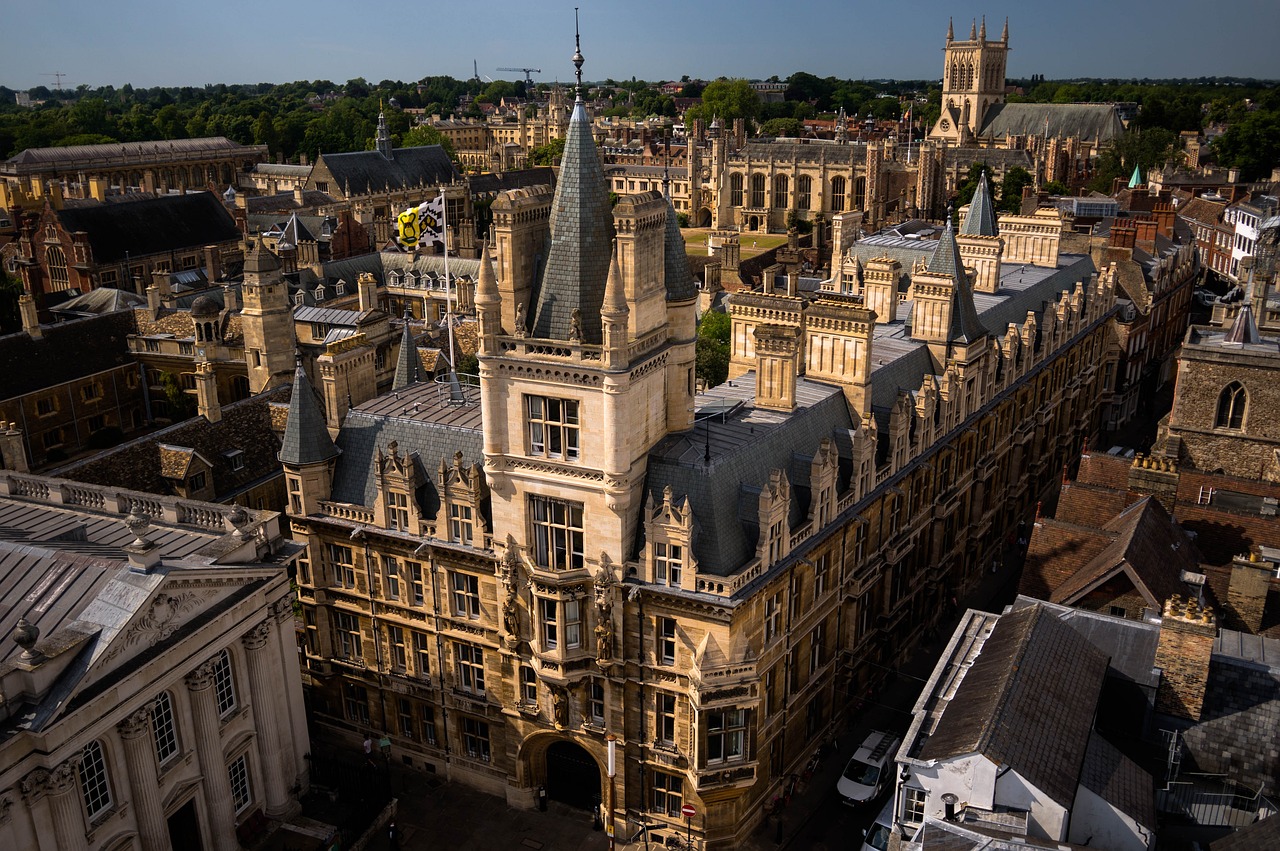
Banaras Hindu University (BHU), founded in 1916, remains one of Asia’s largest residential universities with over 30,000 students enrolled in 2024. The university’s sprawling 1,300-acre campus is a city within a city, hosting world-class faculties in science, arts, and medicine. BHU’s Institute of Medical Sciences was ranked among India’s top 10 medical colleges in 2024, according to the National Institutional Ranking Framework. The university’s annual Saraswati Puja and cultural fests attract thousands of participants from across India. Ongoing academic conferences and international collaborations keep the city intellectually vibrant and draw a steady stream of scholars and students. BHU’s presence ensures Varanasi remains a living center of knowledge, innovation, and youthful energy.
Music and the Arts: Where Legends Are Made
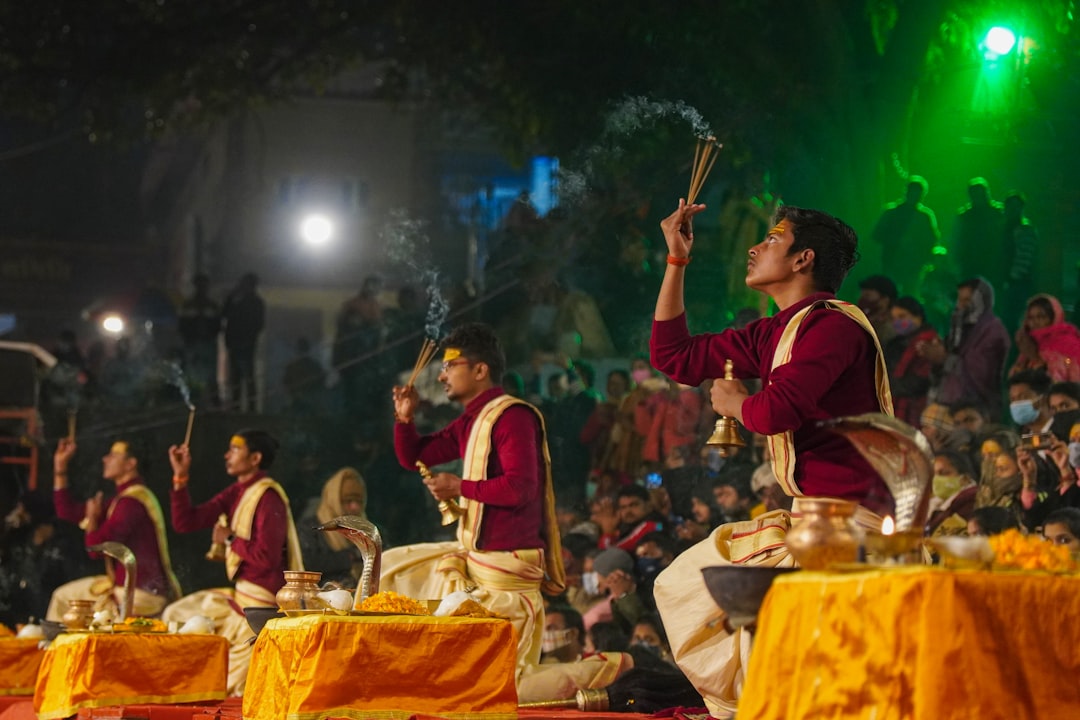
Varanasi is renowned as the birthplace of classical music maestros such as Ravi Shankar and Girija Devi. The city’s tradition of Hindustani classical music flourishes at events like the Sankat Mochan Sangeet Samaroh, which celebrated its 100th edition in 2024. The festival drew over 50,000 attendees and featured more than 100 artists, according to organizers. Local music schools and gharanas continue to train new generations, while the city’s alleys are alive with the sound of sitars, tablas, and devotional songs. Varanasi’s silk weaving industry, employing around 300,000 artisans as of 2023, adds to the city’s artistic tapestry. Art galleries, open-air performances, and street murals ensure visitors are immersed in a living, breathing arts scene.
Modernization and Infrastructure: A City in Flux
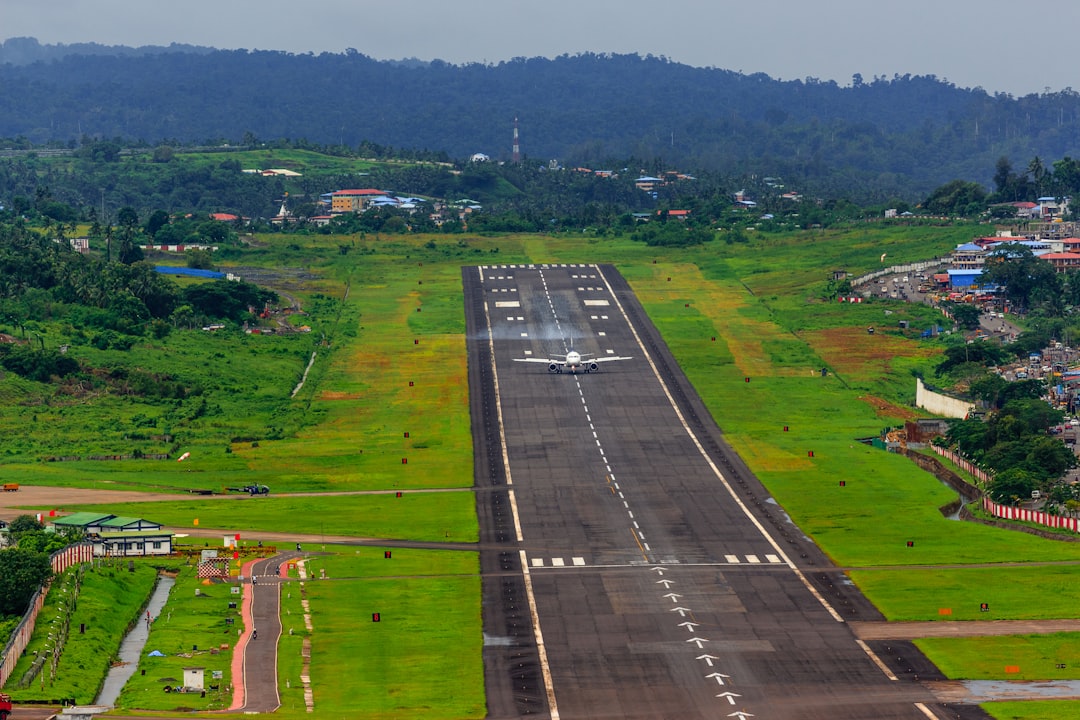
Despite its ancient soul, Varanasi has witnessed rapid modernization in recent years. The city’s Lal Bahadur Shastri International Airport reported handling 3.2 million passengers in 2023, a 17% jump from the previous year, according to Airports Authority of India data. The completion of the Kashi Vishwanath Corridor, new ring roads, and the introduction of electric buses have eased congestion and improved accessibility. In 2024, the Varanasi Smart City project completed over 40 major upgrades, including Wi-Fi-enabled ghats and modern waste management systems. Real estate prices in central Varanasi have risen by 12% year-on-year, reflecting growing demand. The city’s transformation balances the need to preserve heritage with the demands of a swelling population and modern tourism.
Festivals and Fairs: The Pulse of Varanasi’s Culture

Varanasi hosts more than 100 major festivals annually, turning the city into a vibrant, ever-changing tapestry of colors and sounds. The Dev Deepawali festival in November 2024 attracted an estimated 1.2 million visitors according to police crowd estimates, lighting up the ghats with over a million diyas. The Nag Nathaiya and Bharat Milap festivals, each with centuries-old roots, continue to attract thousands of participants. In 2023, the Ganga Mahotsav brought together performers, craftspeople, and food vendors from across India, boosting local commerce by around Rs 20 crore per Uttar Pradesh government data. These festivals are not only religious events but also massive social gatherings that reinforce Varanasi’s status as a cultural heartbeat of India. The relentless festival calendar ensures that the city never truly sleeps, and its streets remain alive with energy and anticipation.





